Battles and Leaders of the Civil War
VOLUME 6
Battles and Leaders of the Civil War
VOLUME 6
Edited by Peter Cozzens
University of Illinois Press
Urbana and Chicago
2004 by the Board of Trustees
of the University of Illinois
All rights reserved
Manufactured in the United States of America
C 5 4 3 2 1
 This book is printed on acid-free paper.
This book is printed on acid-free paper.
Library of Congress Cataloging-in-Publication Data
Battles and leaders of the Civil War, Volume 5 /
edited by Peter Cozzens.
p. cm.
Supplement to the four vol. work: Battles and leaders
of the Civil War / edited by Robert Underwood Johnson
and Clarence Clough Buel, 18871888.
Includes bibliographical references and index.
ISBN 0-252-02404-4 (cloth : alk. paper)
1. United StatesHistoryCivil War, 18611865Campaigns.
2. United StatesHistoryCivil War, 18611865Personal narratives.
3. GeneralsUnited StatesHistory19th century.
4. GeneralsUnited StatesBiography.
I. Cozzens, Peter, 1957.
E470.B33 2002
973.7'3dc21 2001002656
Volume 6: ISBN 0-252-02879-1 (cloth : alk. paper)
FOR ISSA
CONTENTS
General George A. Custer
General Egbert L. Viele
General Orlando B. Willcox
General William S. Rosecrans
General Francis S. Fiske
Private Joseph A. Mudd
Colonel Horace Porter
President Jefferson Davis
Colonel Alexander R. Boteler
President James A. Garfield
John A. Cockerill
Brevet Major Robert P. Barry
Correspondent Frank H. Schell
General William P. Carlin
Corporal Ebenezer Hannaford
Captain Stephen A. Forbes
General Benjamin G. Humphreys
General John C. Lee
Colonel Robert M. Powell
Generals Daniel E. Sickles, John Newton, and Daniel Butterfield
General John Gibbon
Colonel John S. Mosby
Colonel Prentiss Ingraham
Lieutenant Horace Carpenter
Generals Basil W. Duke and Orlando B. Willcox, and Captain Thomas H. Hines
Drummer Robert D. Kelley
General William S. Rosecrans
General Oliver O. Howard
Lieutenant H. A. D. Merritt
General August V. Kautz
General Pierre G. T. Beauregard
Lieutenant Freeman S. Bowley
Colonel Albert G. Brackett
Captain George S. Grover
Major Benjamin W. Crowninshield
Captain John K. Shellenberger
General Herman Haupt
J. Emmet OBrien
Judge John A. Campbell
General Fitzhugh Lee
Thomas H. Sutton
Colonel James G. Gibbes
General Philip H. Sheridan
Colonel Charles Marshall
General Joseph Wheeler
Lieutenant J. M. Bundy
Duncan Rose, with Replies from Generals Stephen D. Lee, Joseph Wheeler, Edward Porter Alexander, Evander M. Law, Don Carlos Buell, Oliver O. Howard, and Jacob D. Cox
MAPS
ILLUSTRATIONS
PREFACE
In November 1884 the Century Magazine, a then-recent entry into the popular monthly illustrated magazine market, launched a series of articles called Battles and Leaders of the Civil War as a moneymaking venture. For the next three years, each issue carried two or three contributions by major personalities of the late war. The appeal of the series exceeded expectations. Within a year, the magazines monthly circulation had climbed from 127,000 to 225,000 copies, pushing Century past Harpers as the best-selling monthly in America.
Not only was the series a grand commercial success, but it also emerged as a contribution of historical significance of the first order. Capitalizing on both of these features, the editors of the series, Robert Underwood Johnson and Clarence Clough Buel, published a four-volume collection of war reminiscences, retaining the title Battles and Leaders of the Civil War. The public embraced it. Seventy-five thousand sets were sold, a remarkable number for the day. Although the ninety-nine Century feature articles were at the heart of the endeavor, they represented but a quarter of the nearly four hundred articles that comprised the books. For the remainder, Johnson and Buel drew on articles published in other magazines and newspapers.
I have followed a similar practice in assembling articles for Battles and Leaders of the Civil War: Volume 6. My purpose and editorial methods remain the same as with volume 5. I again have tried to select some of the best participant accounts to appear in popular magazines and newspapers in the decades following the Civil War. I am confident that the quality of these articles is fully as high as that of the pieces in volume 5, and as fresh as those that editors Clarence Clough Buel and Robert Underwood Johnson assembled in 1888 for the original four volumes.
George Armstrong Custer returns in volume 6 with a fascinating look at the United States Military Academy in the years before the Civil War, and a frank confession of the misstep that nearly resulted in his dismissal from West Point. The wars undying controversies are pursued here with even greater vigor than in the original Battles and Leaders series. Major General John Gibbon offers a harsh and convincing rebuttal to the account of Gettysburg provided by his fellow corps commander Daniel E. Sickles. Major Generals Daniel Butterfield and John Newton contribute to the exchange. Brevet Brigadier General John C. Lee of the Union Eleventh Corps excoriates those responsible for the criminal blundering that wrecked the corps at Chancellorsville. The legendary Confederate partisan leader John S. Mosby defends Jeb Stuart against critics of his performance in the Gettysburg campaign. Major General William S. Rosecrans offers a testy refutation of Ulysses S. Grants treatment of the Chickamauga and Chattanooga campaigns as found in the former presidents published memoirs. Finally, seven prominent Union and Confederate generals offer their opinions as to why the Confederacy failed.
As in the original Battles and Leaders series, accounts by senior military commanders predominate. Union major general and future president James A. Garfield discusses his 1862 campaign in East Kentucky. Major General Oliver O. Howard sketches a vivid picture of Grant at Chattanooga. And Confederate General Pierre G. T. Beauregard presents his story of the opening battle of the Petersburg campaign.
I have paid greater attention to the soldiers view of the war than did Buell and Johnson in the original volumes. I have gathered together a number of combat accounts that I consider as compelling as any I have ever read. Among these are John A. Cockerills A Boy at Shiloh, Drummer Robert D. Kelleys The Assault on Fort Wagner, and Ebenezer Hannafords In the Ranks at Stones River. Hannafords description of the suffering he endured in army field hospitals after the battle is remarkable. So too is that of Colonel Robert M. Powell of the Texas Brigade, wounded and captured at Little Round Top, and mistaken for Lieutenant General James Longstreet while recovering in Gettysburg-area hospitals.
ACKNOWLEDGMENTS
I am most grateful to my wife, Issa Maria, for transcribing many of the articles that appear in this volume, and for her cheerful tolerance of yet another of my book projects. I wish to thank my mother for submitting countless interlibrary loan requests at the Wheaton, Illinois, Public Library on my behalf. My thanks also to the periodicals staff of that library for filling these requests, and to Carley Robison, curator of the archives at Knox College, Galesburg, Illinois, for materials from the Ray D. Smith Civil War Collection.


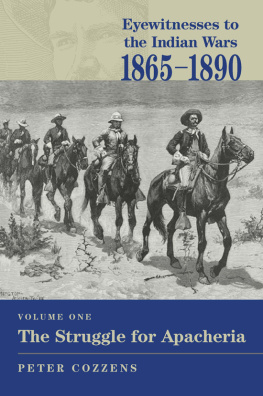
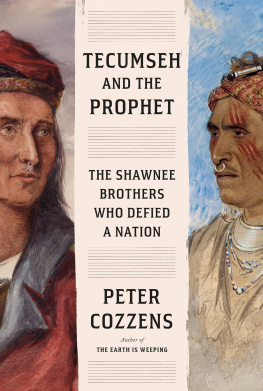

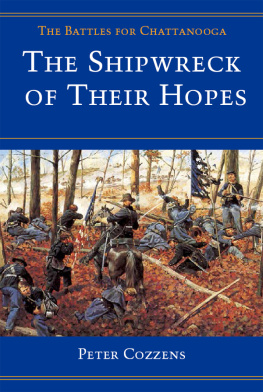

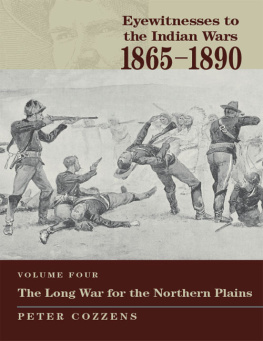
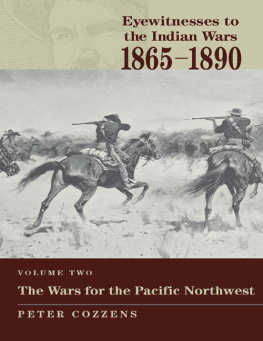
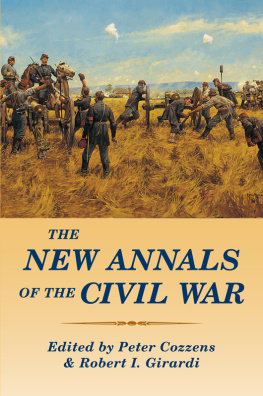
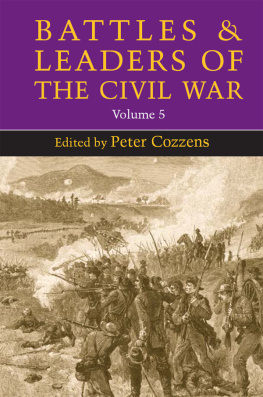
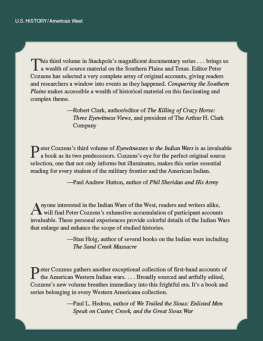
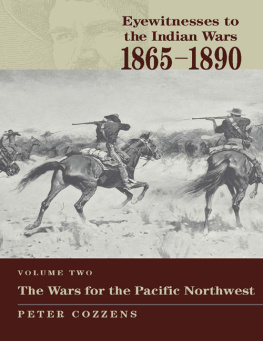
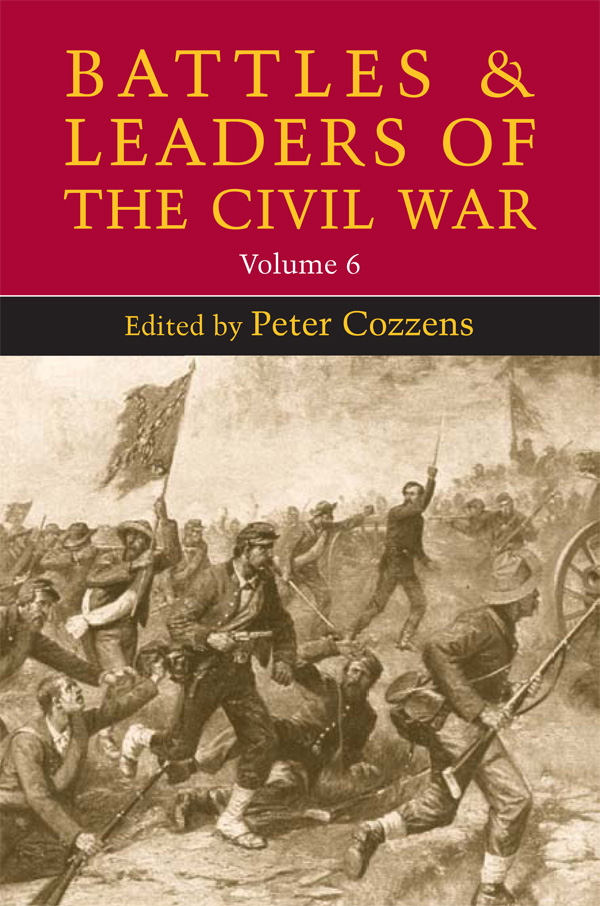
 This book is printed on acid-free paper.
This book is printed on acid-free paper.